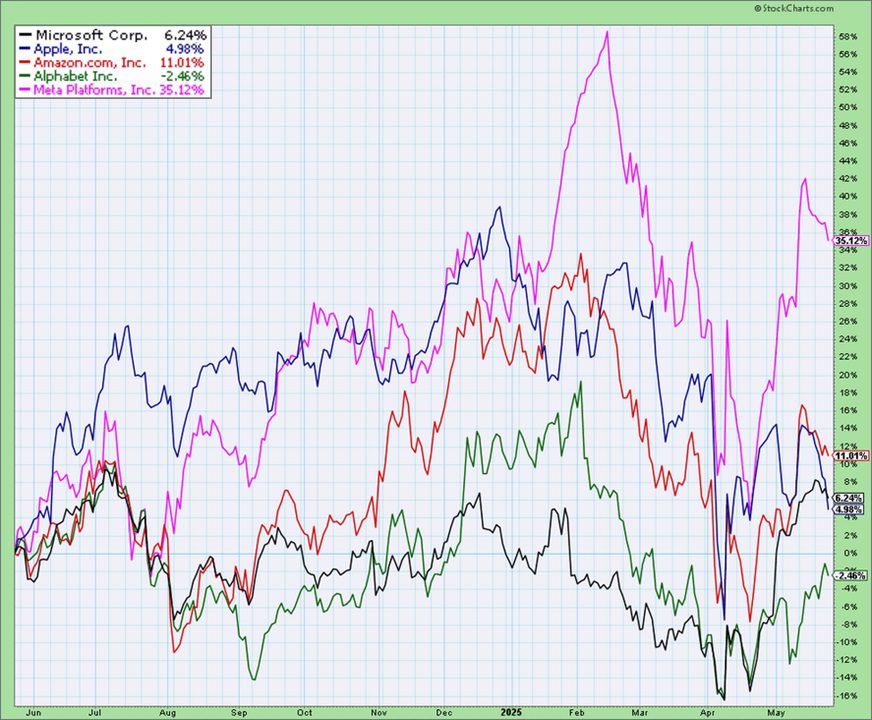OpenAI, the company behind ChatGPT and one of the most closely watched AI firms, has agreed to acquire IO, a one-year-old hardware startup founded by Sir Jony Ive, in a $6.4 billion stock deal. It’s the biggest transaction in OpenAI’s history, and it pushes the company into new territory, hardware.
IO’s 55-person team, including engineers, designers, and researchers, many with Apple (NASDAQ: AAPL) experience, is set to join OpenAI. LoveFrom, Jony Ive’s design firm, isn’t part of the deal. It stays independent. But it will now lead all design work for OpenAI going forward, which is a big role. The two sides had already been working together for a while. Altman and Ive have quietly been collaborating since 2022. IO was born out of that partnership, aiming to develop a “new family of products” that would be built around AI from the ground up.
Jony Ive’s Shift From Apple to AI
Ive is best known for designing the iMac, iPod, iPhone, iPad, and Apple Watch. His clean, user-first style helped define Apple’s rise as a consumer tech giant. After leaving Apple in 2019, he launched LoveFrom, a design firm that quickly drew top-tier clients. By 2024, he was working with OpenAI.
IO spun out as a separate venture focused solely on hardware for the AI era. Backers included Sutter Hill Ventures, Emerson Collective, Thrive Capital, and OpenAI itself, which had already invested in the company before the acquisition. Reports had pegged OpenAI’s stake at 23%, though that figure hasn’t been confirmed publicly.
According to Forbes, Ive’s 11% stake in IO is expected to convert into roughly $715 million worth of OpenAI equity. But those shares will vest over several years and the deal still needs to clear regulatory review.
Why Hardware, and Why Now
This isn’t just a tech story, it is a business strategy story. Up until now, OpenAI has made money from licensing its models and subscriptions to products like ChatGPT Plus. Buying IO signals a push to expand into hardware, and maybe take on Apple, Alphabet (NASDAQ: GOOGL), and Meta (NASDAQ: META) in the consumer device space.
The reasons are layered. Hardware can create higher-margin opportunities and unlock new business models. There’s also the competitive angle. Tech giants are racing to integrate AI into their devices, but OpenAI now has direct access to one of the most influential hardware designers ever. That’s not a small edge.
And then there’s the product vision. Altman has been pretty blunt, he doesn’t think smartphones or laptops are designed for the kind of AI we have now. He’s hinted at devices that feel more natural, more intuitive, and possibly even screenless, like AI companions or smart wearables. Something ambient, always on, and less intrusive than a phone.
The Market Reaction
OpenAI is still private, but the implications of this deal ripple through the broader market. The company was valued at around $300 billion in a recent $40 billion funding round. If nothing else, this acquisition shows investors that OpenAI is going after vertical integration. It wants to own both the intelligence and the interface.
That’s relevant for Microsoft (NASDAQ: MSFT), OpenAI’s biggest backer, which has poured over $13 billion into the company. Microsoft gets a share of OpenAI’s profits until its investment is repaid, after which the profit structure changes to benefit OpenAI’s nonprofit parent. Any upside here could eventually flow through.
There’s pressure on Apple as well. The company’s AI narrative has lagged behind OpenAI and Google, and this move doesn’t help. That said, while Apple’s stock dipped around the time of the announcement, it’s tough to pin that movement directly on this deal.
For other companies, such as Google, Meta, and Amazon (NASDAQ: AMZN), the message is clear: the next round of hardware innovation is already underway.
Looking Ahead
No details yet on what the first product will be, though reports suggest something could launch as early as 2026. The intent, reportedly, is to build devices that are “less socially disruptive than the iPhone,” with a focus on privacy, security, and thoughtful design.
Ive and his team will be working closely with OpenAI’s product and engineering groups in San Francisco. Meanwhile, LoveFrom stays independent, continuing to lead design across all OpenAI efforts. The structure of the deal, including the multiyear vesting, is meant to keep the two sides aligned for the long haul.
A Moment Worth Watching
This acquisition isn’t just about tech. It’s about control, owning the full stack, from software to hardware, and redefining how people interact with machines. As Altman put it, “What it means to use technology can change in a profound way. I hope we can bring some of the delight, wonder, and creative spirit that I first felt using an Apple Computer 30 years ago.”
The Altman-Ive collaboration is a swing at reshaping the tech experience. Whether it works or not, it’s going to set the tone for the next phase of AI. Everyone in the space will be paying attention.
FIGURE 1: 1-Year Comparative Stock Chart – Alphabet (-2.5%), Amazon (+11.0%), Apple (+5.0%), Meta (+35.1%), and Microsoft (+6.2%)

Source: StockCharts.com







